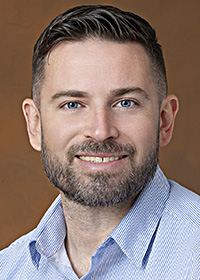
RI Seminar
September

3:30 pm to 4:30 pm
Gates Hillman Center 6115
Abstract: The previous generation of NASA missions to the outer solar system discovered salt water oceans on Europa and Enceladus, each with more liquid water than Earth – compelling targets to look for extraterrestrial life. Closer to home, JAXA and NASA have imaged sky-light entrances to lava tube caves on the Moon more than 100 m in diameter and ESA has characterized the incredibly varied and complex terrain of Comet 67P. While JPL has successfully landed and operated four rovers on the surface of Mars using a 6-wheeled rocker-bogie architecture, future missions will require new mobility architectures for these extreme environments. Unfortunately, the highest value science targets often lie in the terrain that is hardest to access. This talk will explore robotic grippers that enable missions to these extreme terrains through their ability to grip a wide variety of surfaces (shapes, sizes, and geotechnical properties). To prepare for use in space where repair or replacement is not possible, we field-test these grippers and robots in analog extreme terrain on Earth. Many of these systems are enabled by advances in autonomy. The talk will present a rapid overview of my work and a detailed case study of an underactuated rock gripper for deflecting asteroids.